Cream of tartar is a substance still little known in the world, although its use is now gaining consensus. Known, in chemical terminology, as potassium bitartrate, cream of tartar can be defined as a potassium salt of tartaric acid. Despite the technical terms may lead to think otherwise, it is an absolutely natural substance and is obtained from grapes.
Considering its organoleptic characteristics, the taste of cream of tartar is completely neutral, whereas, visually, it is a white and thin powder.
The possibilities of use of cream of tartar in cooking are well defined. It can work as a thickener in the context of creamy preparations, it can act as a stabilizer, being useful in the preparation of whipped cream and in the processing of egg whites, and it can be an effective agent in the leavening process.
Cream of tartar: nutritional properties
As for the nutritional composition, 100 g of product contain 1.7 g of water and 61.5 g of carbohydrates, revealing a zero content of proteins and lipids. Regarding calories, 100 grams of cream of tartar provide about 258 kcal. As for the content of micronutrients, it mostly provides potassium, sodium, iron and calcium. In any case, recipes which include, or suggest, the presence of cream of tartar among their components use very small doses of this ingredient, which are usually around 8 grams. It is therefore evident that the nutritional values shown in the table below, including calories, are quite negligible if adapted to the normal amount of use of cream of tartar.
Nutritional values per 100g of cream of tartar:
| Water | 1,7 g |
| Energy | 258 kcal |
| Ash | 36, 8 g |
| Carbohydrates | 61.5 g |
| Fiber | 0.2 g |
| Calcium | 8 mg |
| Iron | 3.72 mg |
| Magnesium | 2 mg |
| Phosphorus | 5 mg |
| Potassium | 16500 mg |
| Sodium | 52 mg |
| Zinc | 0.42 mg |
| Copper | 0.195 mg |
| Manganese | 0.205 mg |
| Selenium | 0.2 μg |
What are the advantages of using cream of tartar?
Using cream of tartar in substitution of other ingredients can be favorable for some subjects. First of all, one of the main properties of cream of tartar is not to swell the belly, being suitable also in case of intolerance to yeasts. Not being added to stabilizers of animal origin, cream of tartar can also be used in the context of vegan and vegetarian diets. In addition to being of natural origin, not bringing, intuitively, artificial substances of any kind, is easily metabolized at liver level. Finally, the cream of tartar does not contain gluten, making it suitable in case of celiac disease or non-celiac gluten sensitivity.
Cream of tartar: how to use it in cooking
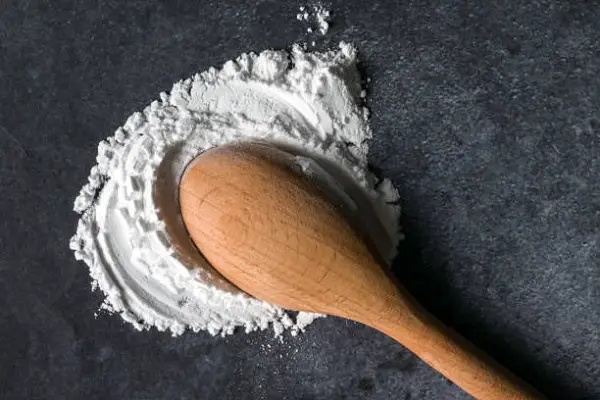
How to use cream of tartar? As already mentioned in the introductory part, cream of tartar is used in cooking as a thickener, stabilizer and as a useful leavening agent. In the first two cases, cream of tartar acts alone, while, in order to obtain the leavening effect, it is used in association with sodium bicarbonate. The resulting chemical reaction will produce carbon dioxide, which is very important in the leavening process, giving volume, softness and lightness to the final products. Cremor tartar, therefore, does not need resting time for leavening, as it happens for other types of yeast. Being a versatile choice, using cream of tartar in place of similar ingredients gives excellent results, both in the context of sweet recipes (chiffon cakes, fluffy donuts, meringues, dipping cookies, etc.), and in savory ones (pizza, bread, scones, etc.).
In this regard, it is useful to consider the doses. Specifically, it can be used as follows:
- Sweet recipes: as for leavened sweet preparations, it is advisable to replace the quantity of baking powder, usually used, with baking soda and cream of tartar in equal quantities (ex: 16 g bag of baking powder = 8 g of baking soda + 8 g of cream of tartar);
- Savory recipes: for savory recipes, the amount of baking soda must be halved compared to the dose of cream of tartar (eg: for a dough with 800 g of flour will use, by way of example, 12 g of cream of tartar and 6 g of baking soda).
Some recipes such as, for example, those for the realization of chiffon cakes, provide for the addition of cream of tartar during the processing of egg whites and chemical yeast to sifted flour.
Cream of tartar, chemical yeast, brewer’s yeast and sourdough: the differences
On a commercial level, it is very easy to come across different types of yeast, which are adapted, according to need, to various recipes. So, what are the characteristics of the different yeasts used in cooking? What distinguishes one yeast from another? A common classification includes a first subdivision into natural yeasts and chemical yeasts. To the category of natural yeasts belong brewer’s yeast and sourdough, whereas chemical yeasts include instant yeasts, suitable for sweet and salty preparations.
Brewer’s yeast
Brewer’s yeast is used for the most common recipes and it is commercially available, usually, in the form of 25 gram loaves. For its use, brewer’s yeast is usually dissolved in lukewarm water to be mixed to flour and requires a pre-baking leavening phase at room temperature. The release of carbon dioxide and the consequent leavening are based, in this case, on fermentation processes. This type of yeast is stored in the refrigerator or freezer
Mother yeast
Also known as “criscito” or “carryover dough”, sourdough comes from a mixture of water and flour subject to spontaneous contamination. In order for the preparation to become effective, it is necessary to refresh the dough by adding more water and flour. As opposed to brewer’s yeast, having a homogeneous composition , sourdough is characterized by the presence, in its composition, of many fungal species and bacterial species , which will give a certain aromaticity to the final preparation. Like brewer’s yeast, sourdough also requires a pre-baking leavening time and, intuitively, the leavening associated with sourdough also depends on the fermentation processes.
Chemical Yeast
Although the term “chemical” can be misinterpreted, its use in relation to instant yeast refers to yeast processes that do not involve living organisms (as is the case, on the contrary, with the yeasts discussed above). In general, chemical yeast carries out its activity by means of an acid-base reaction which releases carbon dioxide. This type of leavening agent is therefore composed of a basic substance, such as sodium bicarbonate, and an acid substance, such as cream of tartar. Unlike natural yeasts, chemical yeast works during baking, as it does not require a pre-baking leavening phase. In addition, chemical yeast does not impart flavors to the final product, being useful in rendering the desired flavor. If properly sealed and stored in low humidity compartments, chemical yeast can be stored at room temperature for quite some time.
Being sometimes included in the composition of commercially available instant yeasts and considering what previously stated about its use for leavening, cream of tartar cannot be defined, per se, as a leavening agent but, rather, as a very useful component for leavening purposes.
How can I substitute cream of tartar?
In the previous paragraphs have been described characteristics and methods of use of cream of tartar, emphasizing its usefulness in the realization of various recipes. However, even for the most affectionate supporters of cream of tartar, it could be necessary to use alternative ingredients, maybe in occasion of extemporaneous preparations or in case a recipe requires the use of other types of yeast. In this regard, and according to the desired purpose, it could be interesting to use one of the following solutions. For leavening purposes, it can be tried to replace cream of tartar with effervescent water, associating it to bicarbonate; in the same way, it can be used, instead of cream of tartar, to add yogurt.
To obtain stabilizing properties, as an example, in the preparation of whipped egg whites, it is possible to use ingredients different from cream of tartar, but still acid, such as vinegar or lemon juice. These two ingredients are also useful in the leavening process, if associated to bicarbonate. Very trivially, and as deducible from the previous paragraph, the mixture of cream of tartar and bicarbonate (made at home from the single ingredients) can be replaced by the commercially available chemical yeast in monodoses.
Does cream of tartar have any contraindications?
In general, and also considering the normal quantities of use, the cream of tartar does not present particular contraindications. In any case, in case of doubts about it, even in relation to particular subjective conditions, it is good practice to seek the advice of your doctor and/or pharmacist.

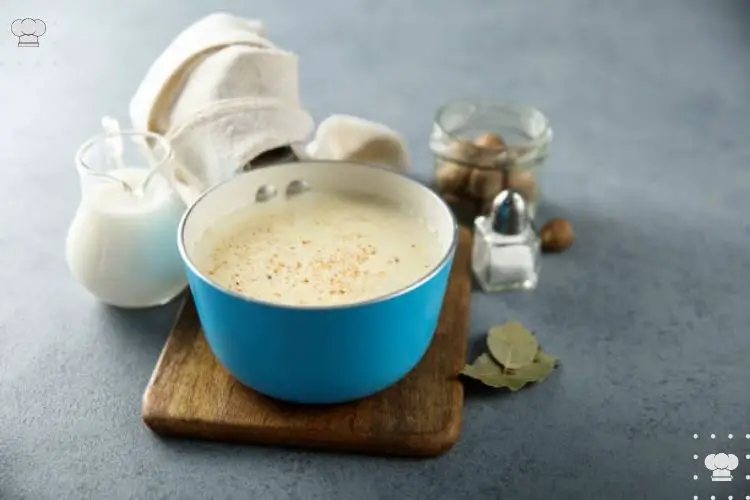
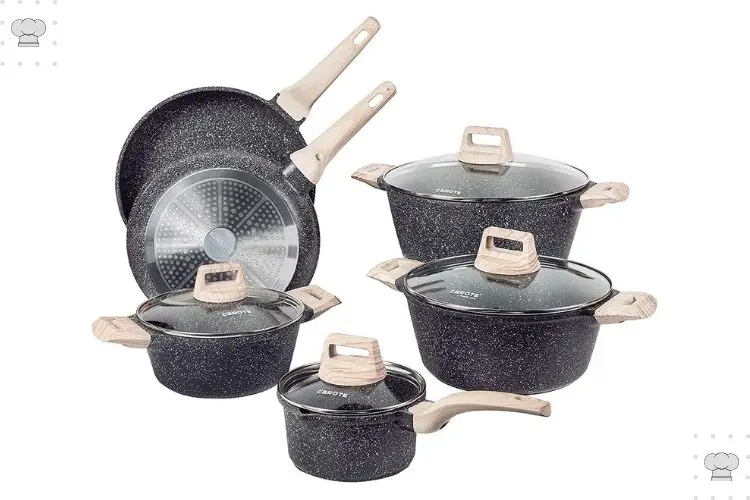
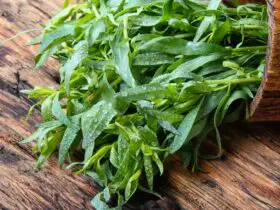

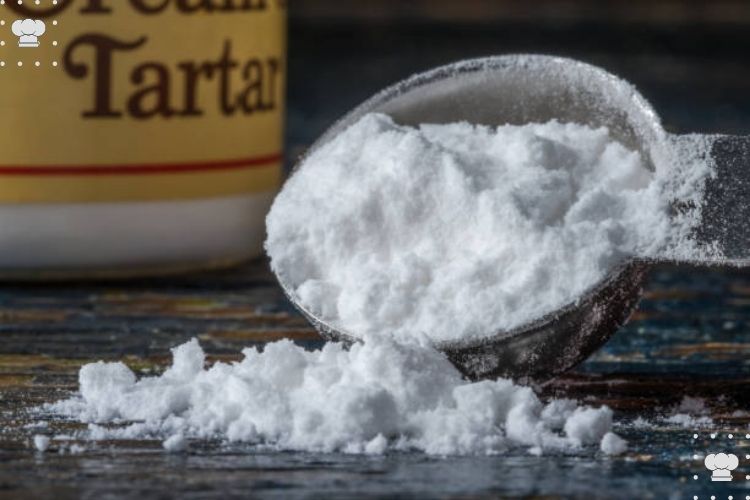
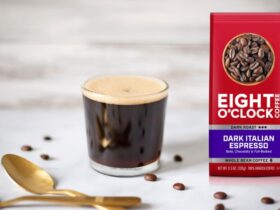
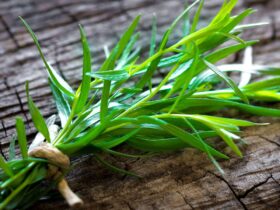



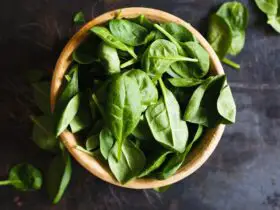
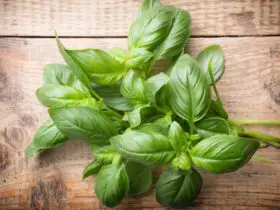
Leave a Reply